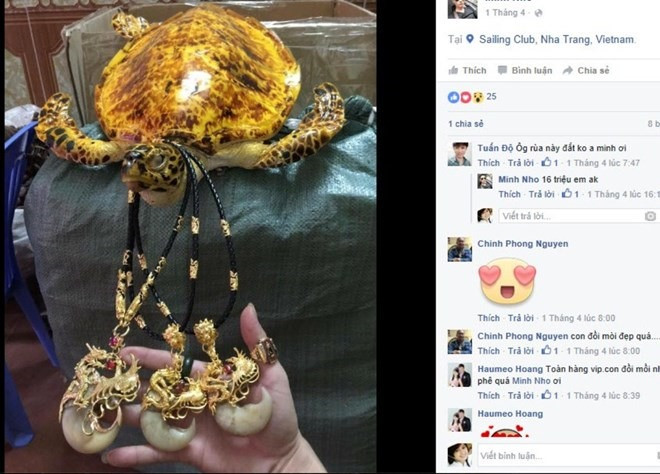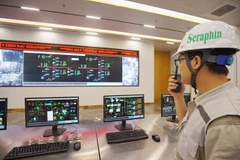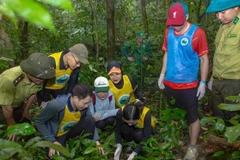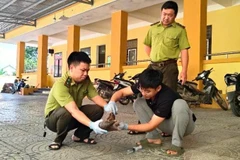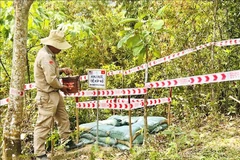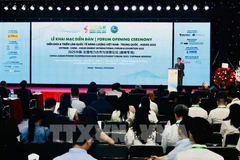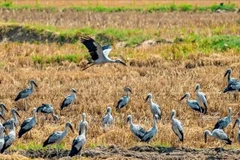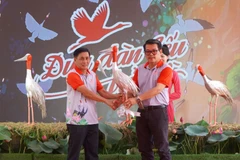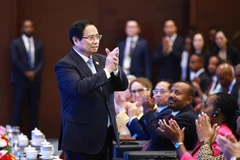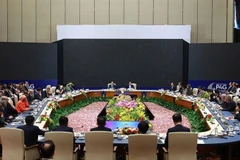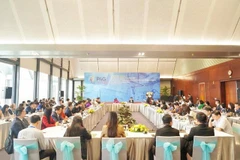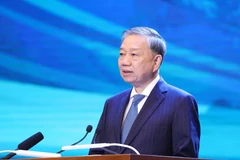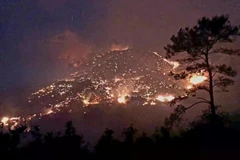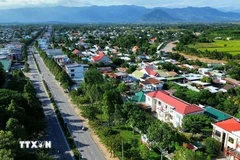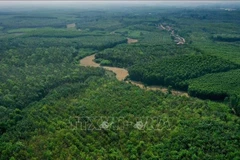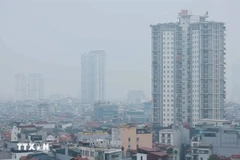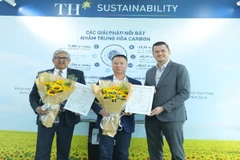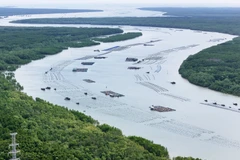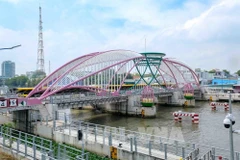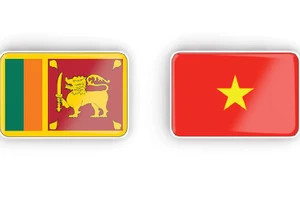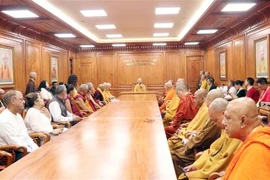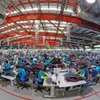The study “Vietnam Online: A RapidAssessment of E-commerce Wildlife Trade in 2017” monitored 13 websites endingin “.vn” by using keyword searches for products ranging from elephants,leopards, pangolins, rhinos, Saiga Antelopes, marine turtles and tigers.
Of the websites surveyed, 30 percent hadadvertisements for wildlife species’ parts.
From March to October in 2017, 14 of theadvertisements offered a total of 1,072 selected wildlife products, but 90 percentof them were listed in just one advertisement.
All but six of the advertised products weremade from elephant ivory, with the remainder coming from tigers.
This was in contrast to previous surveysthat included “.com” domain names (including social media websites) thatdiscovered many more advertisements for wildlife products.
A 2017 TRAFFIC survey found a total of1,095 tiger products offered for sale in 187 advertisements from 85 uniquesellers on four e-commerce websites and two social media websites over a periodof 25 days.
The majority of the advertisements (95 percent)were found on a single social media site.
The same site also accounted for 89 percentof the individual items, excluding items measured by weight.
Online trade in Vietnam is regulated by theLaw on Electronic Transactions and a decree on e-commerce which prohibit theonline trade of certain goods, including wildlife where applicable.
People who break the law can be punishedwith the same severity as those that sell illegal wildlife products in aphysical marketplace.
However, collecting evidence andprosecuting online crimes can be difficult.
“Online marketplaces have become attractiveto traffickers because they offer anonymity and allow people to connect overlarge distances more easily than ever before,” said Rosa A. Indenbaum, aTRAFFIC senior programme officer based in Vietnam, and author of the report.
“Defeating online trade will requirediligence, both from enforcement officers and website companies. This studyindicates that .com sites, including social media, are where monitoring andenforcement efforts should be concentrated,” she added.
The report recommends that the Vietnamesegovernment ensure effective law enforcement across online channels.
The government has also been encouraged toform a specialised team to focus on online monitoring of wildlife trade.
The TRAFFIC study urges law enforcementpersonnel and members of the public to report online wildlife crime through thehotline 18001522.
The study was funded by the UK Governmentthrough the Illegal Wildlife Trade Challenge Fund.
TRAFFIC is at the forefront of addressingillegal wildlife trade online. This year, the organisation helped convene theGlobal Coalition to End Wildlife Trafficking Online with some of the world’sbiggest internet companies.
In Vietnam, TRAFFIC supports the VietnamE-commerce Association in its efforts to disrupt illegal online trade throughworkshops and training events.-VNS/VNA
